The return of Cool Britannia to contemporary art
Artworks from the 1990s are now showing signs of retro appeal
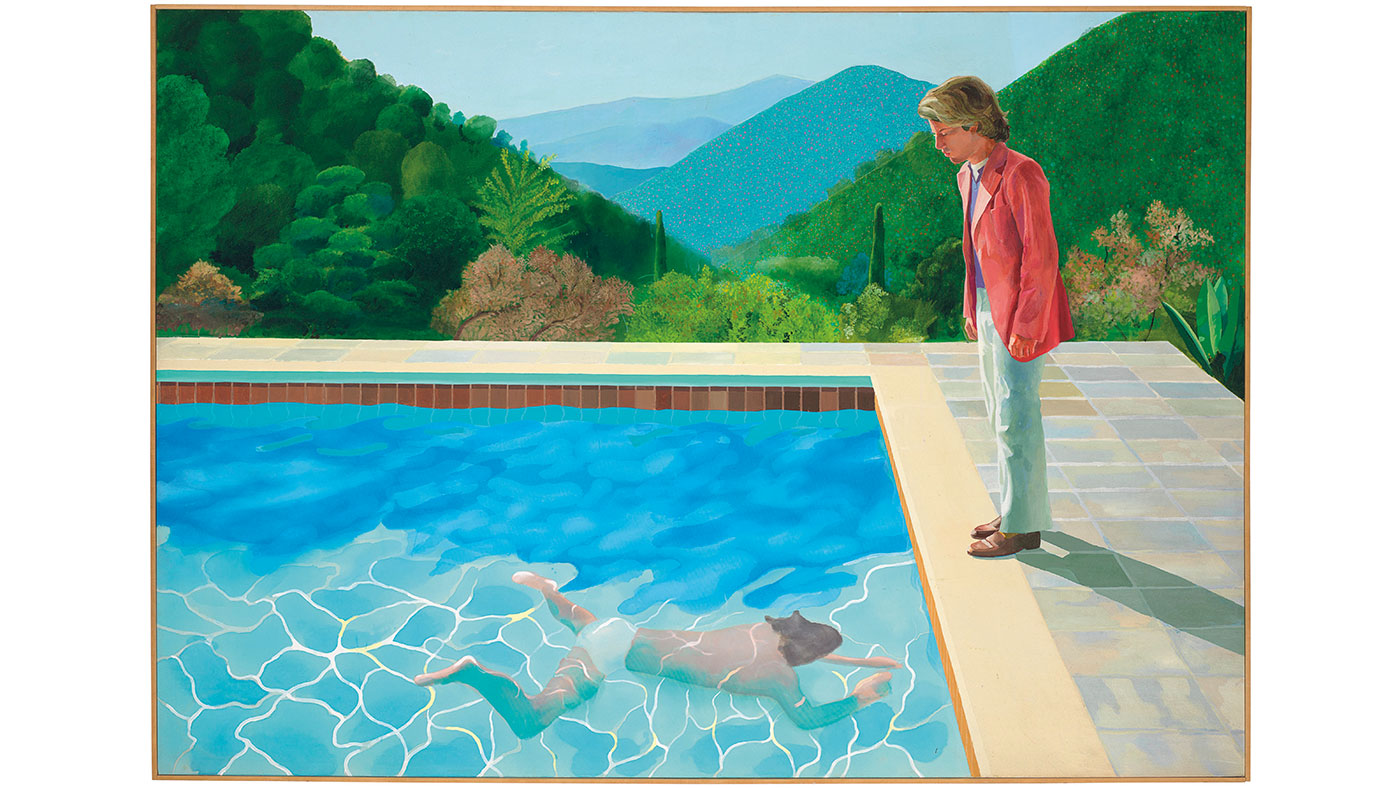

A couple of weeks ago, we looked briefly at Cambridge-born painter Jenny Saville and how her self-portrait from 1992, Propped, sold for £9.5m at Sotheby’s in London earlier this month. This was the highest auction price paid for an artwork by a living female artist. Saville had been one of Charles Saatchi’s celebrated Young British Artists (YBAs) of the 1990s, along with names such as Damien Hirst, doing for Britain’s reputation in the contemporary art world what indie bands such as Blur and Oasis were doing for Brit pop in the charts. This was, after all, the decade of Cool Britannia.
Artworks from the 1990s have retro appeal, as Sotheby’s specialist Emma Baker recently told me, which may go some way to explaining what drove Propped to smash its £4m upper estimate. But it’s not only art from the 1990s that’s commanding high prices at auction – earlier pieces are too.
The Week
Escape your echo chamber. Get the facts behind the news, plus analysis from multiple perspectives.

Sign up for The Week's Free Newsletters
From our morning news briefing to a weekly Good News Newsletter, get the best of The Week delivered directly to your inbox.
From our morning news briefing to a weekly Good News Newsletter, get the best of The Week delivered directly to your inbox.
Set to smash records
Next month at Christie’s in New York the title of priciest artwork produced by a living male artist is widely expected to go to another British painter – David Hockney. (The current holder is American artist Jeff Koons, whose giant stainless steel sculpture of a bright orange balloon dog fetched $58m in 2013.) The Hockney painting on offer is Portrait of an Artist (Pool with Two Figures)from 1972, which Christie’s has ascribed an estimate of at least $80m.

What makes this particular painting so notable is that it is represents a cross-over of two of his most celebrated motifs – portraits and swimming pools. To prepare for this work, Hockney travelled to a villa outside of Saint-Tropez, where he took hundreds of photographs featuring an assistant and a friend in the idyllic poolside setting, with the hills in the background. Once back in his studio in London, Hockney arranged the photographs and added another of his partner, Peter Schlesinger, standing in Kensington Gardens. He decided to combine the two themes.
“The idea of painting two figures in different styles appealed so much that I began the painting immediately,” Hockney later recalled. In April 1972 he worked 18 hours a day for two weeks to complete it, finishing the night before the portrait was due to be shipped to an exhibition in New York.
A free daily email with the biggest news stories of the day – and the best features from TheWeek.com
Back in fashion
Unlike Saville, Hockney was no YBA. He was already in his fifties by the time the 1990s rolled around. But he contributed to the influential Young Contemporaries shows at the Royal Academy in the 1960s, which arguably makes him a YBA for his generation. As such, Hockney was part of the original Cool Britannia of the 1960s (the term hails from 1967 when the Bonzo Dog Doo-Dah Band used it as the title for a song). Through his huge influence on Pop Art, which emerged in Britain in the mid-1950s, before spreading to America, Hockney was an inspiration for the 1990s. From Pop Art to Brit Pop, you might say. Either way, when it comes to contemporary art, Cool Britannia is back in fashion.
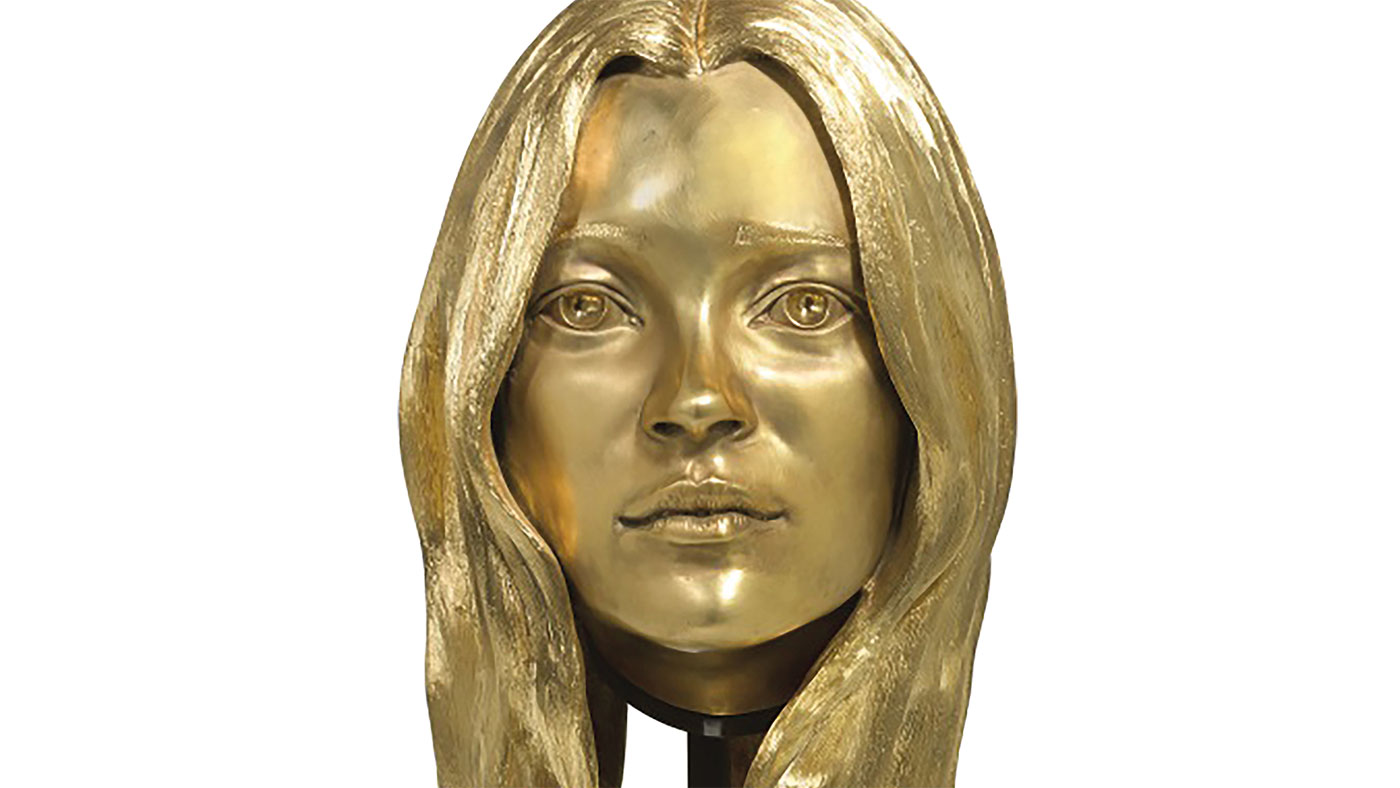
Model Moss’s £370,000 bust
A bust of a true 1990s icon went under the hammer at Sotheby’s in London recently – that of Kate Moss, the model from Croydon whose waif-like appearance came to embody the decade’s fashion trend known as heroin chic. You might even say the bust is an icon of an icon. That’s because, like all great works of iconography charged with inspiring revery in the viewer, the artwork, called Song of the Siren, is made from 18-carat solid gold.
Sotheby’s gave the bust, which was created by British artist Marc Quinn in 2010, an estimate of between £300,000 to £400,000. On the day, it fell a little shy of the higher figure, selling for £370,000. “The bust of Kate Moss is interesting, because it’s part of a series [Quinn] produced called ‘Siren’, and as you know the Sirens were mythical creatures, half woman, half bird, that would seduce sailors to their death with their beautiful songs”, Sotheby’s specialist Constantine Frangos had said before the sale. Moss can make of that what she will.
The bust was part of The Midas Touch, Sotheby’s first sale devoted to gold, which raised a total of £3.04m. The other lots included a 1977 metallic-gold Ferrari 512 BB, which sold for £394,000. By far the highest bid was for Monogold Sans Titre, a wood panel layered with gold leaf, which was created by the French artist Yves Klein a year before his death in 1961 at the age of 34. The piece fetched £1m.
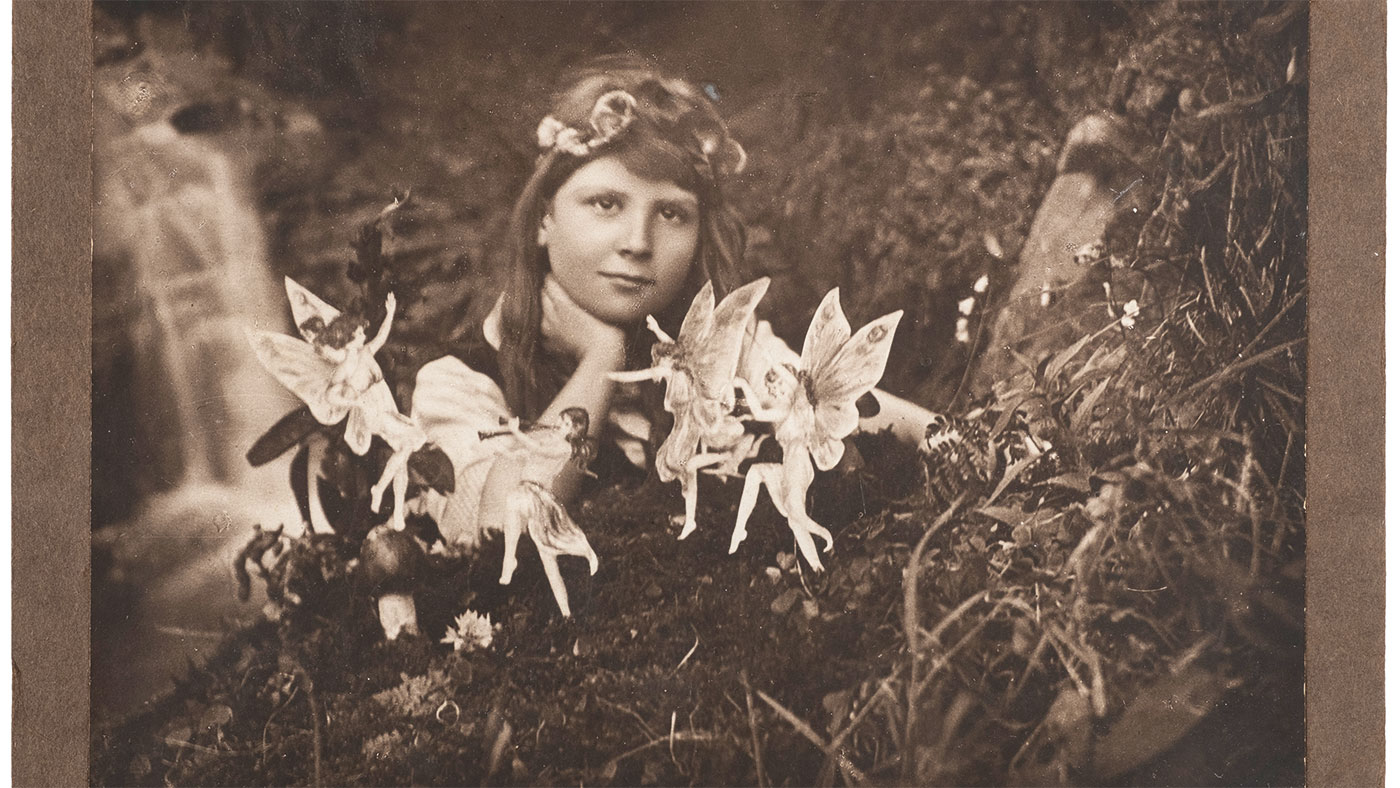
Auctions
Going: A letter written by Albert Einstein in 1954, a year before his death, is expected to sell for $1.5m at Christie’s in New York on 4 December. The letter was sent to Eric Gutkind, a German philosopher who was trying to unify traditional Jewish teachings with modern science and philosophy and who had quoted the famous physicist in his book Choose Life: The Biblical Call to Revolt. Einstein did not approve: he wrote that religion and God are the “incarnation of the most childish superstitions” and went on to state that “the word of God is for me nothing but the expression and product of human weaknesses, the Bible a collection of venerable but still rather primitive legends”. In 2008, the same letter sold for £404,000 at auction in London.
Gone: Two of the famous Cottingley Fairies (pictured) photographs sold for a combined £20,000 at Dominic Winter Auctioneers in Gloucestershire – well above their £2,000 estimate. The picture of a group of fairies sold for £15,000, while the dancing gnome image fetched £5,400. The photos were taken by 16-year-old Elsie Wright and her nine-year-old cousin Frances Griffiths in the village of Cottingley, near Bingley in Yorkshire, in 1917, and appeared to show the girls posing with the mythical pictures. Many people at the time were taken in by the hoax, including Sherlock Holmes author, Arthur Conan Doyle, who was a keen spiritualist. The mischievous duo only publically admitted to the deception in 1983.
This article was originally published in MoneyWeek
-
 A lemon-shaped exoplanet is squeezing what we know about planet formation
A lemon-shaped exoplanet is squeezing what we know about planet formationUnder the radar It may be made from a former star
-
 Political cartoons for January 4
Political cartoons for January 4Cartoons Sunday's political cartoons include a resolution to learn a new language, and new names in Hades and on battleships
-
 The ultimate films of 2025 by genre
The ultimate films of 2025 by genreThe Week Recommends From comedies to thrillers, documentaries to animations, 2025 featured some unforgettable film moments
-
 The rise of the lost luggage auction
The rise of the lost luggage auctionIn the Spotlight Lost luggage hauls are attracting millions of views online
-
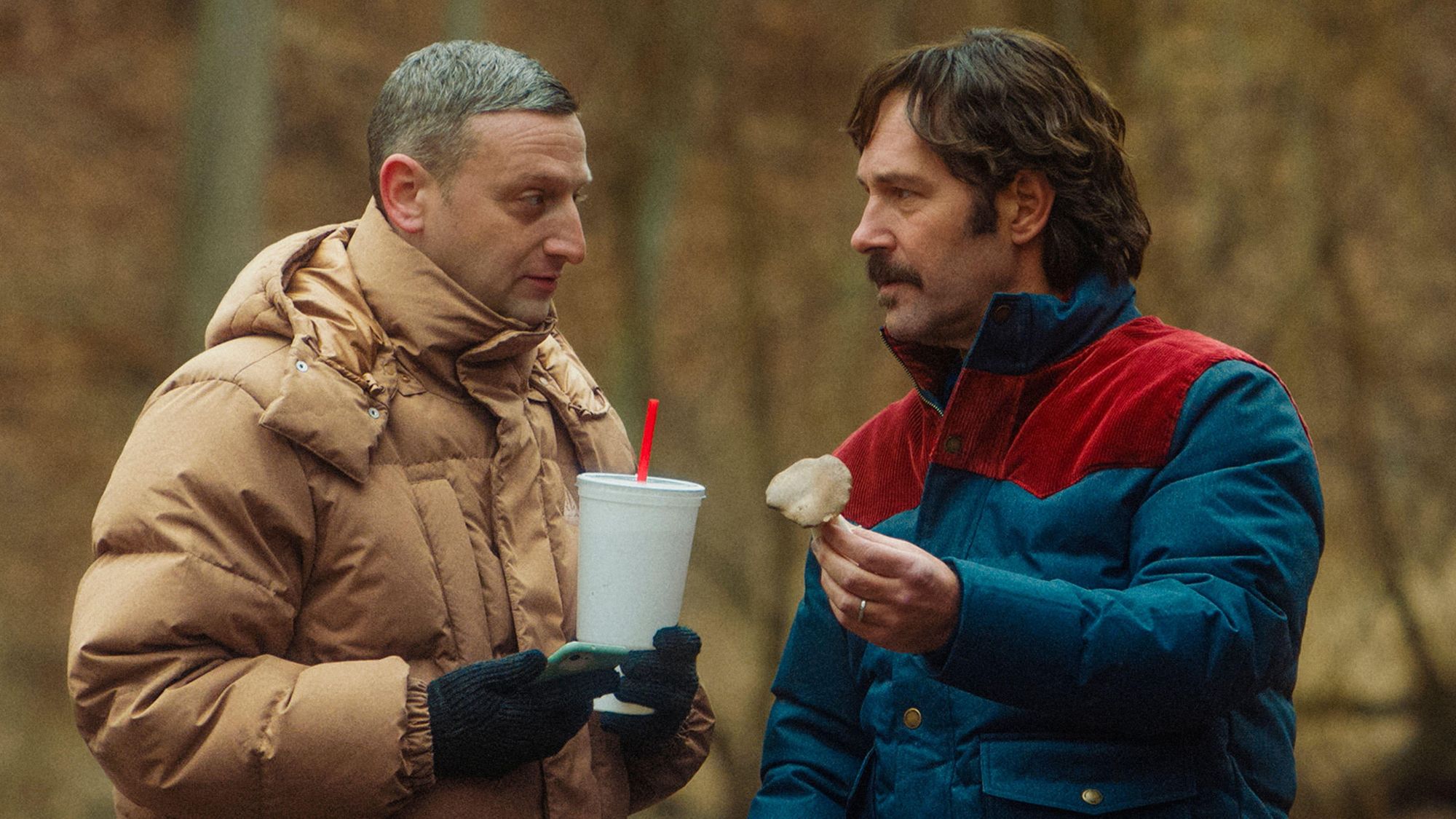 Friendship: 'bromance' comedy starring Paul Rudd and Tim Robinson
Friendship: 'bromance' comedy starring Paul Rudd and Tim RobinsonThe Week Recommends 'Lampooning and embracing' middle-aged male loneliness, this film is 'enjoyable and funny'
-
 The Count of Monte Cristo review: 'indecently spectacular' adaptation
The Count of Monte Cristo review: 'indecently spectacular' adaptationThe Week Recommends Dumas's classic 19th-century novel is once again given new life in this 'fast-moving' film
-
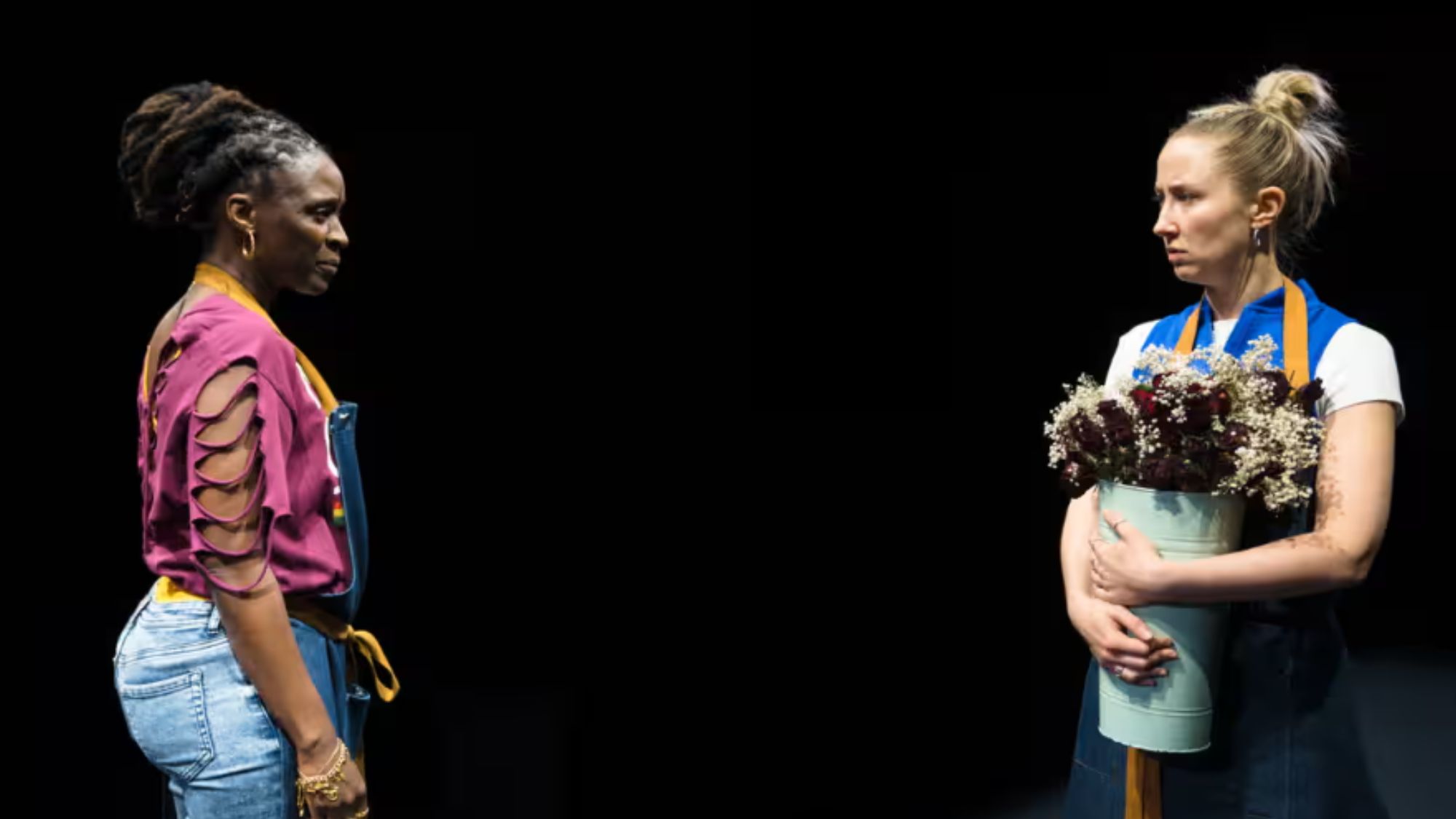 Death of England: Closing Time review – 'bold, brash reflection on racism'
Death of England: Closing Time review – 'bold, brash reflection on racism'The Week Recommends The final part of this trilogy deftly explores rising political tensions across the country
-
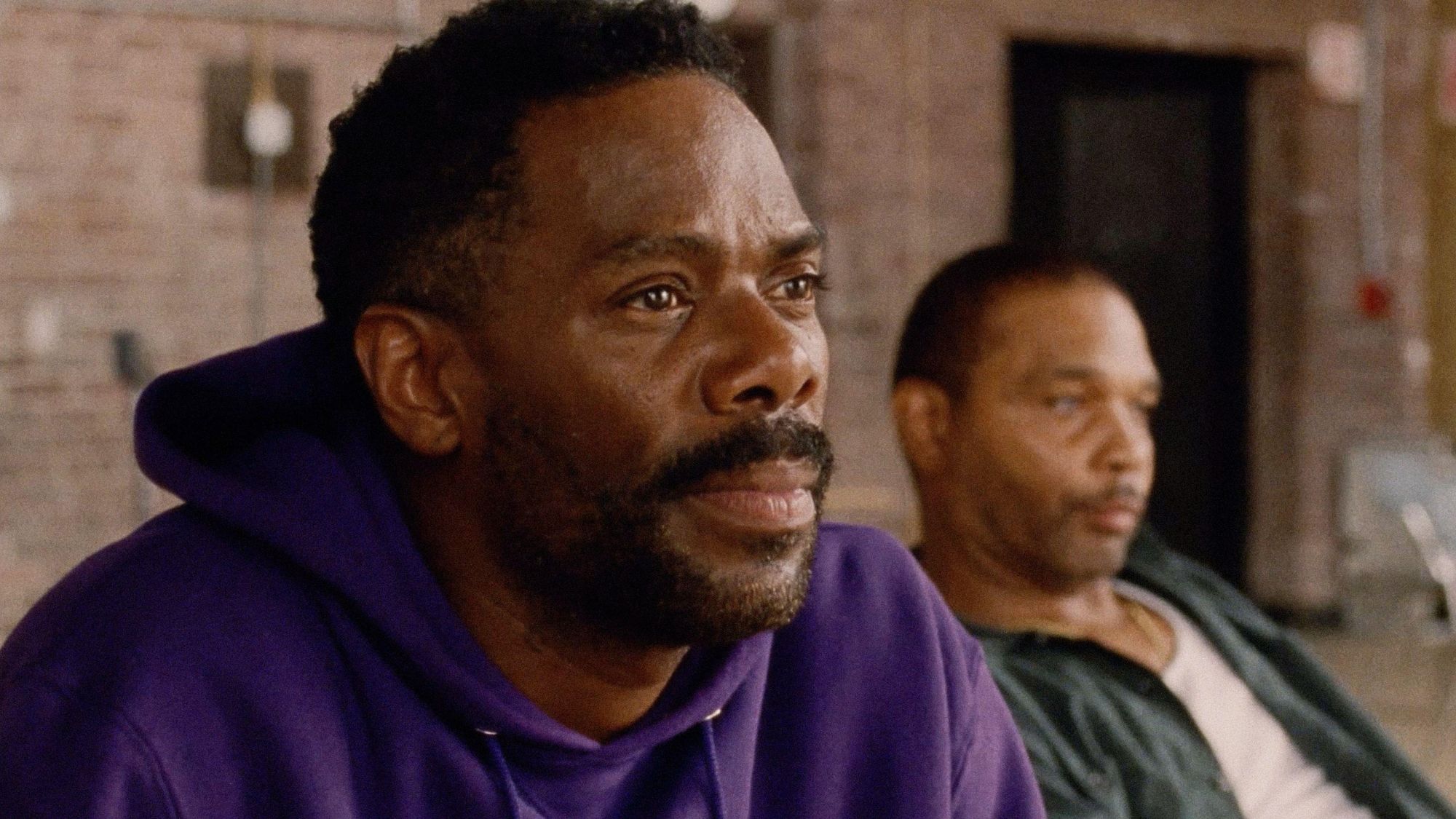 Sing Sing review: prison drama bursts with 'charm, energy and optimism'
Sing Sing review: prison drama bursts with 'charm, energy and optimism'The Week Recommends Colman Domingo plays a real-life prisoner in a performance likely to be an Oscars shoo-in
-
 Kaos review: comic retelling of Greek mythology starring Jeff Goldblum
Kaos review: comic retelling of Greek mythology starring Jeff GoldblumThe Week Recommends The new series captures audiences as it 'never takes itself too seriously'
-
 Blink Twice review: a 'stylish and savage' black comedy thriller
Blink Twice review: a 'stylish and savage' black comedy thrillerThe Week Recommends Channing Tatum and Naomi Ackie stun in this film on the hedonistic rich directed by Zoë Kravitz
-
 Shifters review: 'beautiful' new romantic comedy offers 'bittersweet tenderness'
Shifters review: 'beautiful' new romantic comedy offers 'bittersweet tenderness'The Week Recommends The 'inventive, emotionally astute writing' leaves audiences gripped throughout